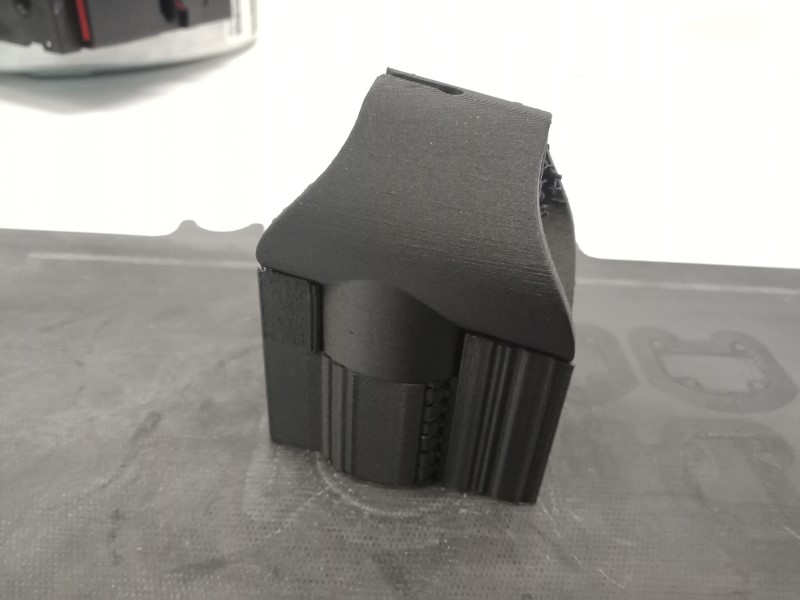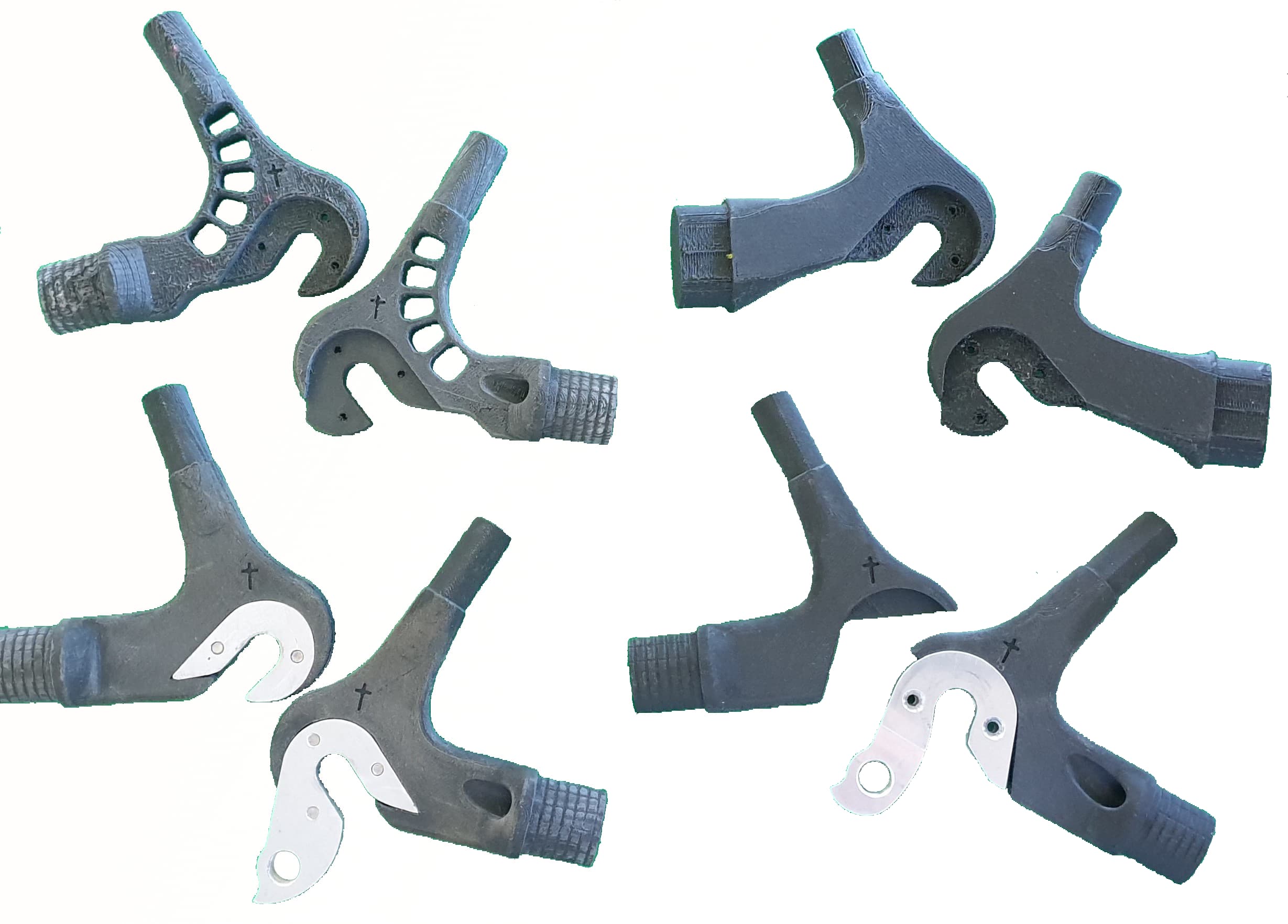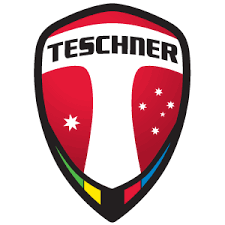Defence ready GVA Smart Display soft touch buttons: From consultation to printed product within 48hrs
APC Technology is a full-spectrum technology manufacturing company, who offer in-house design, prototyping, advanced manufacture and testing. They create and maintain world-leading technologies that are purpose built to survive in the toughest environmental conditions.
Like many SMEs during COVID, looming deadlines and supply chain challenges saw APC Technology connecting with UniSA’s Industry 4.0 Testlab to manufacture a 3D printed soft-touch button prototypes for a newly developed Generic Vehicle Architecture (GVA) Smart Display.
The 10.4” GVA Smart Display is designed to process data rich information in real-time and capable of hosting the C4ISR (Command, Control, Communications, Computers, Intelligence, Surveillance, and Reconnaissance) application for tactical and combat vehicles.
APC Technology had an urgent need for soft-touch buttons to ensure a prototype could be showcased during Land Forces 2021. An international land defence expo with a potential 12,500 visitors from industry, government, and defence, there was a significant business opportunity not to be missed.
Iterative printing with the Stratasys J735 Polyjet printer allowed the Testlab to facilitate a rapid turn-around of the required buttons for preproduction display. The first print was a glossy finish, but this left a sticky surface feeling. With the multi-material capability of the J735 printer, the Testlab team produced a second print in a matte finish using the rubber-like Agilus material and this proved to be successful.
The print sets were completed in four hours and four minutes with minimal clean up and were ready for use the next day.
Scott Begbie, APC Technology’s Managing commented on the process. “From start to finish Testlab understood our requirements, the tight timeline and the need for a high-quality solution. The first version did not hit the mark, but they were able to use an alternate material and still ensure we achieved the deadline.”
This allowed APC Technology to showcase their proof-of-concept, unlocking the possibility for million-dollar contracts and demonstrating themselves as the first Australian company to supply a GVA smart display designed and built onshore.
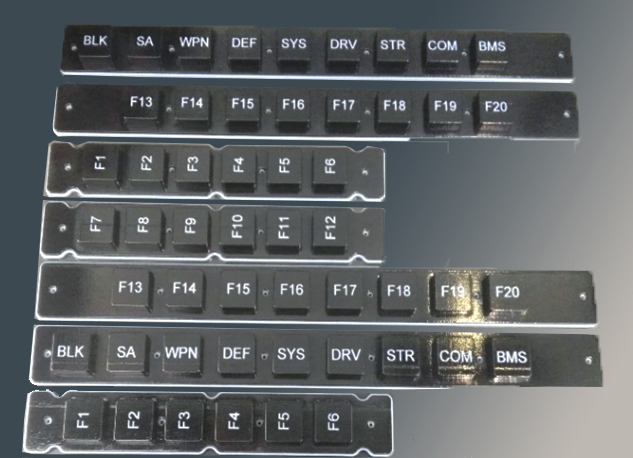
UniSA Testlab offering rapid-turnover of 3D printed soft-touch buttons.
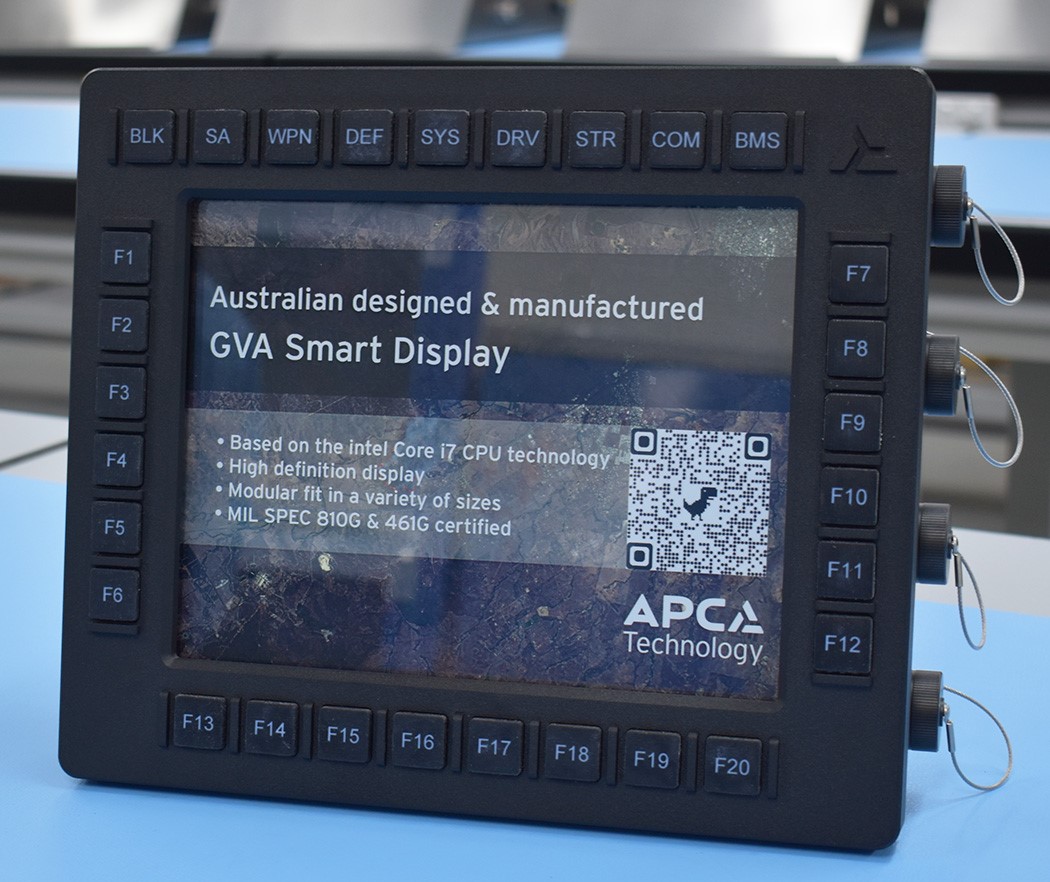
Proof-of-concept model GVA Smart Display.

Revolutionising monitoring systems, one 3D print at a time
Real time equipment and infrastructure condition monitoring reduces un-expected and costly system failures. Traditional preventative maintenance methods can be highly expensive and may not improve system reliability. IPACS Australia are leaders in the design and implementation of world-class sensor systems that remotely collect real-time data on the operation of industrial equipment and infrastructure networks.
In collaboration with UniSA’s Industry 4.0 Testlab, IPACS is working towards the development of low-cost sensors to service the increasing client base in remote regions. This technology will help IPACS’ customers save millions of dollars by avoiding equipment failure and extending the life of machines. The suite of 3D printers available at UniSA creates the possibility to print products at a level of complexity not possible in traditional manufacturing.
The Testlab Team and IPACS are currently working on three projects:
- 3D printing of an existing wireless sensor case
- New design of a wireless sensor case – developed by UniSA
- A proto-type model for a new Data Acquisition System
The initial project was a proof-of-concept model of an existing wireless sensor case designed in-house by IPACS. The Testlab Team produced a 3D printed copy, followed by a more optimised design version of the original.
The new wireless sensor case, designed by the Testlab team, is a compact, ‘all-in-one’ model which is mounted on equipment and monitors systems wirelessly, cancelling out the need to run cables to a central unit. The sensor case was 3D printed using the Fortus 450mc and is made from ABS plastic, making it durable and environmentally robust. Along with saving company time, the new sensor case will drastically reduce costs (both in sensor cost and installation).
The 3D-printed proto-type model for a new Data Acquisition System is a lighter, easily transportable replica of the actual system, which can be used as a scale-demonstrator for client consultations. The model uses a combination of 3D printing assets available in the UniSA Testlab at the Mawson Lakes campus, including a FDM printer to produce the larger parts and a Poly-Jet printer to print the more complex replicas of circuit boards and logos.
The UniSA Testlab Team continues to work with IPACS Australia to evolve the designs into field-ready units.
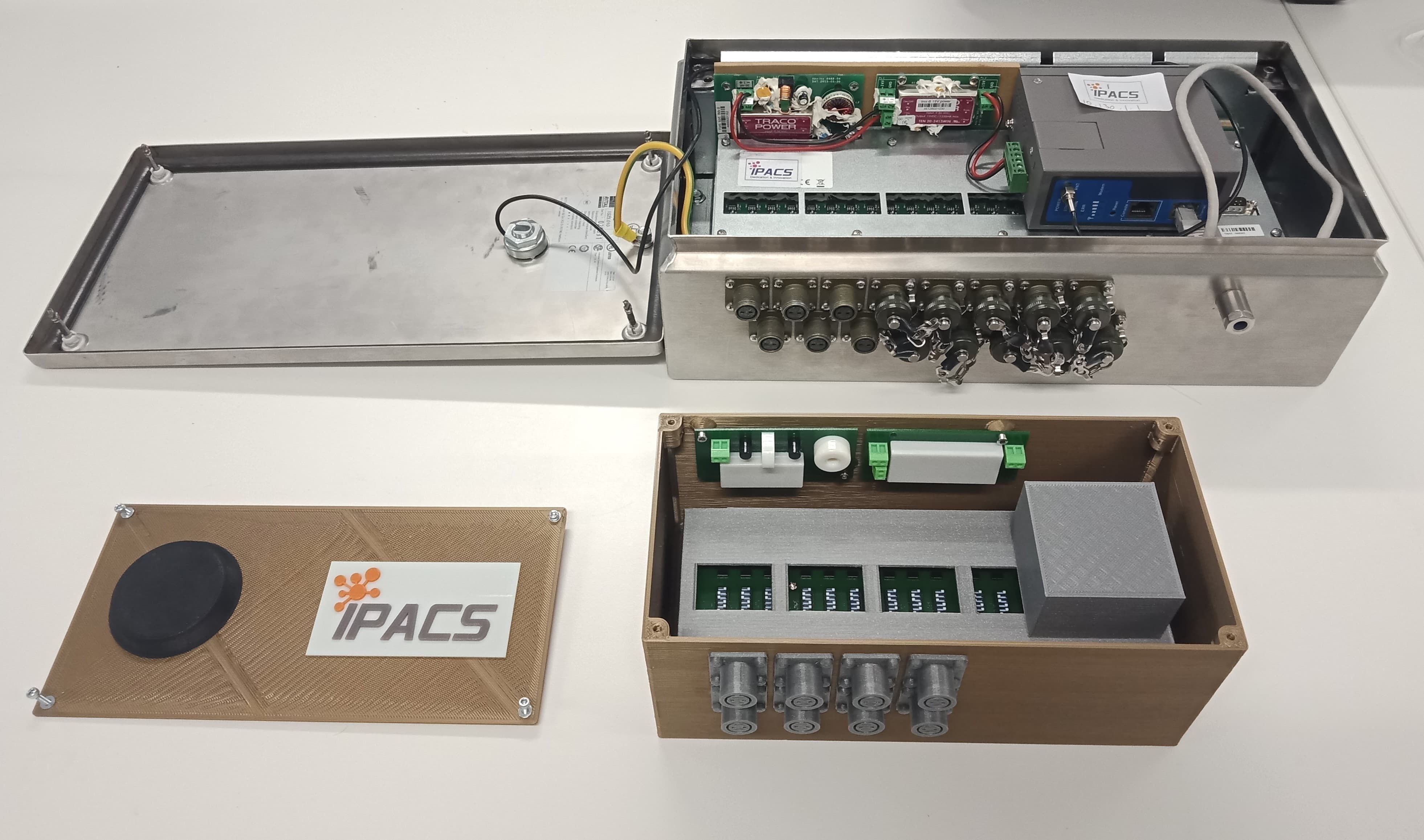
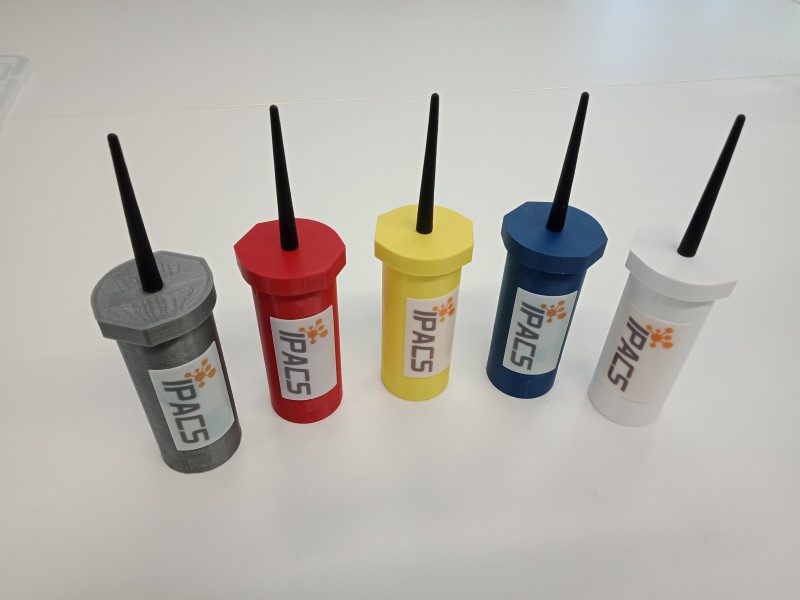
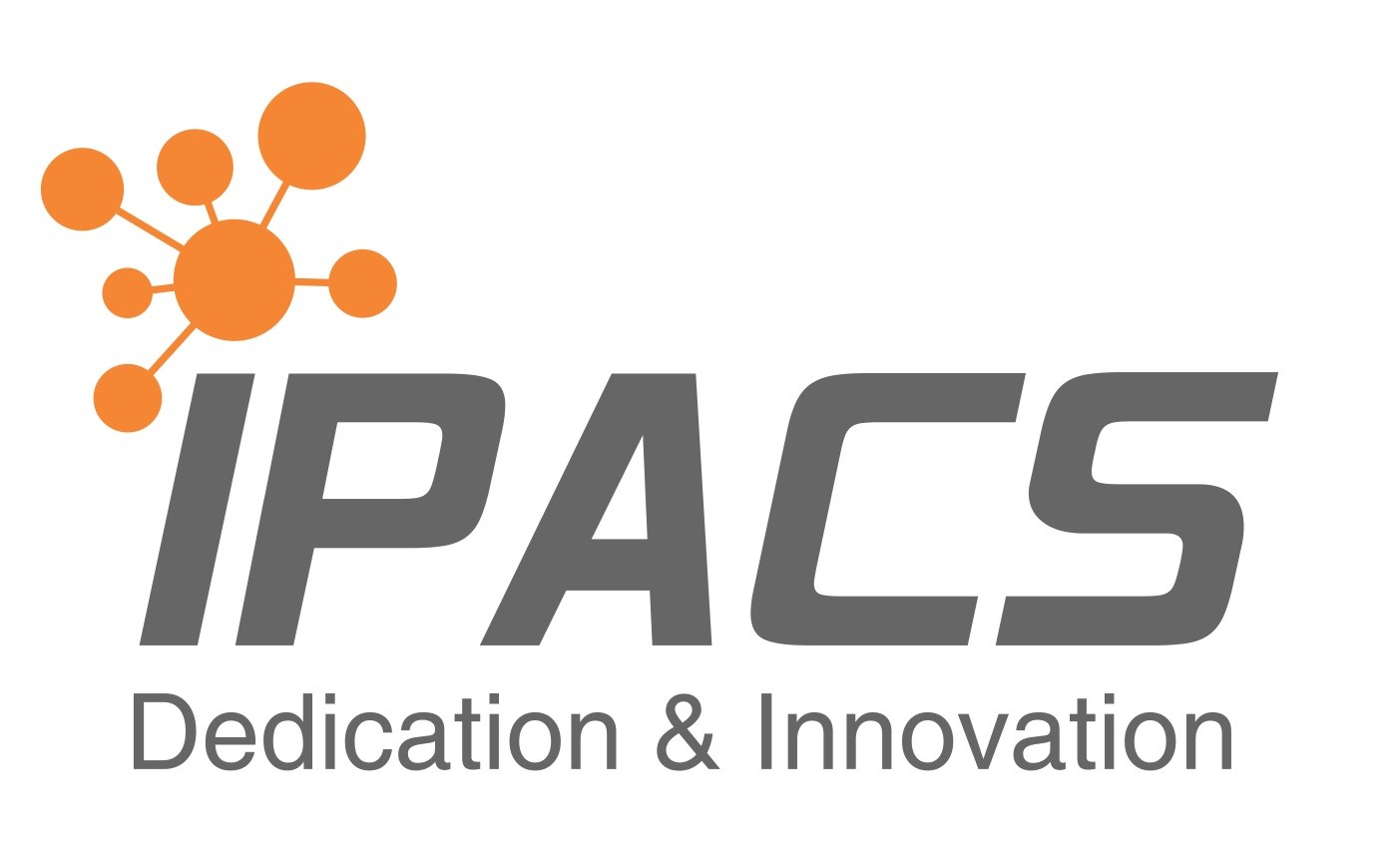
Black magic with carbon fiber bike manufacturing
Where races are won by as little as 0.001 second, competitive cycle racing is always looking for an advantage. The development of modern manufacturing materials combined with 3D printing is rapidly changing the world of bicycle design and manufacture. 3D printing has changed the way bicycles can be manufactured and the types of the manufacturing materials that can be used.
Teschner Bikes had been experimenting with metal 3D prints of the same components, and found the carbon fibre versions were lighter, which is key in cycling. A collaborative project between the University of South Australia’s Industry 4.0 Testlab and Teschner Bikes is looking at the application and associated benefits of utilising 3D printing carbon fibre components in the bicycle industry. Initially specializing in sleeves and dropouts, Teschner Bikes are seeking to produce lightweight but very strong components that will connect to specialty carbon fibre tubing to form the frame of the bicycle. 3D Printing was the only way to produce these complex parts efficiently, with high strength yet light weight. The aim was to produce a bike frame under one kilogram. The parts made in the Testlab utilised Markforged’s Mark Two 3D printer, using onyx carbon fibre filament, and continuous carbon fibre strands. Isotropic fibre layout was used to give the parts uniform strength regardless of direction, reducing the typical failure of printed parts across the layers. The parts had solid infill, and fibre of almost every layer. The stiffness of these parts is similar to aluminium but is only a fraction of the weight. Prototypes were used to tune the best settings, and the designs were optimised to take advantage of the continuous carbon fibre layouts required.
The design of these components can be altered at any time and through a sequential design process a final product is produced that can be tested to assess the strength of the products at the TestLab facility. Where races are won by mm’s, customizable design and personalised fitting as well as the utilisation of modern materials and 3D printing may give athletes a competitive difference.
